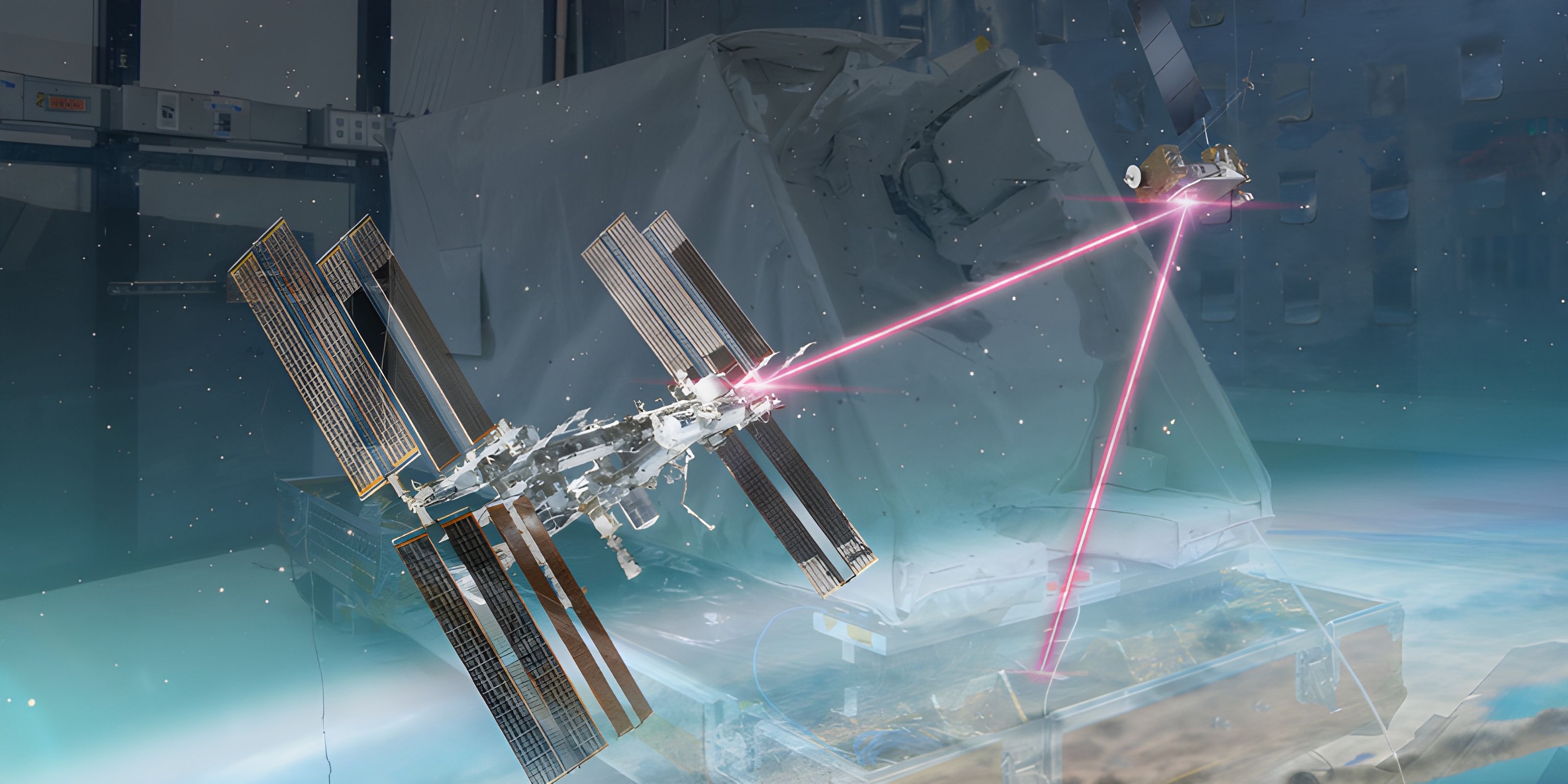
For more than twenty years, the International Space Station (ISS) has been a beacon for diverse scientific explorations, from biological studies to technological advancements, its size rivaling a football field. Come 2023, NASA is gearing up for a monumental advancement in space connectivity. They plan to send the Integrated LCRD Low Earth Orbit User Modem and Amplifier Terminal (ILLUMA-T) aboard the ISS. When paired with the Laser Communications Relay Demonstration (LCRD) that was launched in December 2021, it promises to lay the foundation for NASA’s innovative two-way laser communication system.
ILLUMA-T is poised to redefine space communication. Under the guidance of NASA’s Space Communications and Navigation (SCaN) program, it uses infrared light, which remains undetectable to the human eye, to facilitate faster data exchanges. This technological leap ensures that missions can relay an abundance of images and videos to Earth more efficiently. Another highlight of ILLUMA-T is its compact and efficient structure, almost mirroring a household refrigerator in size.
Upon its activation on the ISS, ILLUMA-T aims to transmit high-definition data to LCRD at a staggering speed of 1.2 gigabits every second. This data will then be directed to ground bases located in Hawaii and California, exemplifying the benefits of laser-assisted communication for low Earth orbit missions. The pivotal journey of ILLUMA-T will commence with its dispatch on SpaceX’s 29th Commercial Resupply Services mission. After its ascent, the device will find its place on the ISS’s Japanese Experiment Module-Exposed Facility, which carries the symbolic name “Kibo”, the Japanese word for “hope”.
While the concept of laser-driven communication in space isn’t entirely new, ILLUMA-T is instrumental in its mainstream integration. Precursors like the 2022 TeraByte InfraRed Delivery system and the 2017 Optical Payload for Lasercomm Science have been trailblazers. Their experiments underscored the edge laser communication has over conventional radio waves, especially in data transfer efficiency.
As we venture deeper into the realms of space exploration, laser-assisted communication is expected to complement existing radio frequency mechanisms. Through extensive testing in diverse environments, NASA aims to fine-tune this promising technology for upcoming ventures to celestial bodies like the Moon and Mars, and even to the farther reaches of space.
The ILLUMA-T initiative encapsulates NASA’s dedication to elevating space communication methods. Spearheaded by NASA’s Goddard Space Flight Center and financially backed by the SCaN initiative, with contributions from esteemed establishments like MIT’s Lincoln Laboratory, space communication’s future appears bright, heralding a new chapter in our cosmic endeavors.
.thumbnailWrapper
width:6.62rem !important;
.alsoReadTitleImage
min-width: 81px !important;
min-height: 81px !important;
.alsoReadMainTitleText
font-size: 14px !important;
line-height: 20px !important;
.alsoReadHeadText
font-size: 24px !important;
line-height: 20px !important;





![Read more about the article [Funding alert] B2B cross-border tech platform Geniemode raises $2.25M led by Info Edge Ventures](https://blog.digitalsevaa.com/wp-content/uploads/2021/09/Image0lm1-1630922827931-300x150.jpg)





